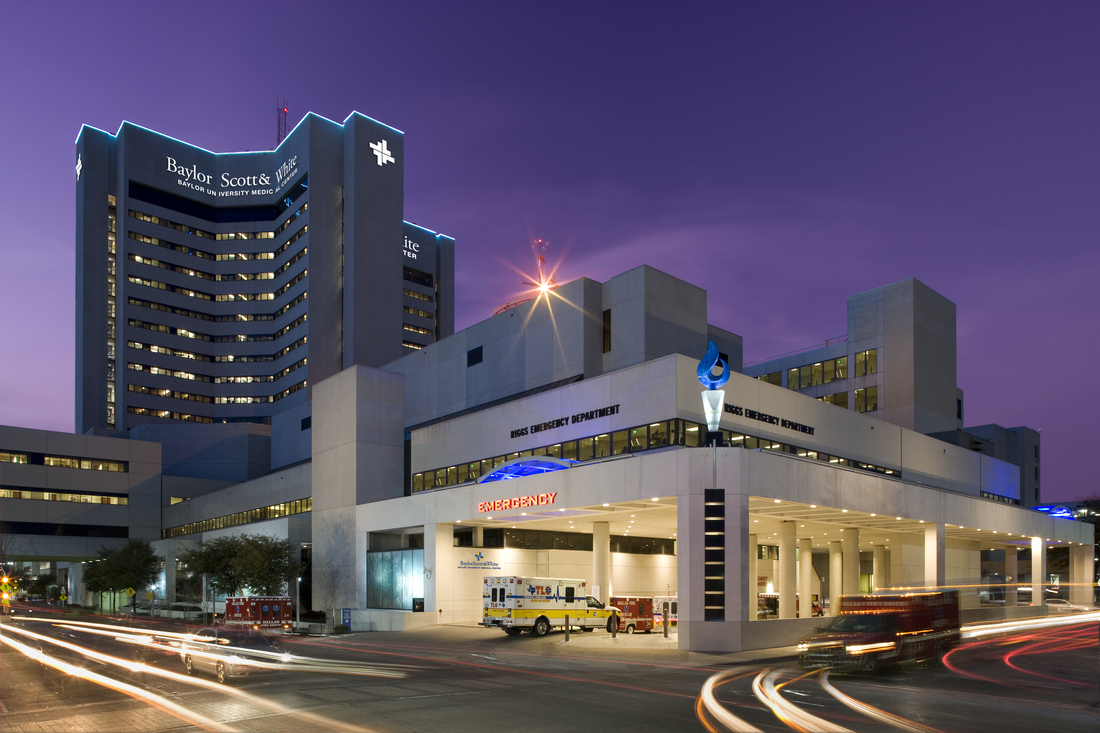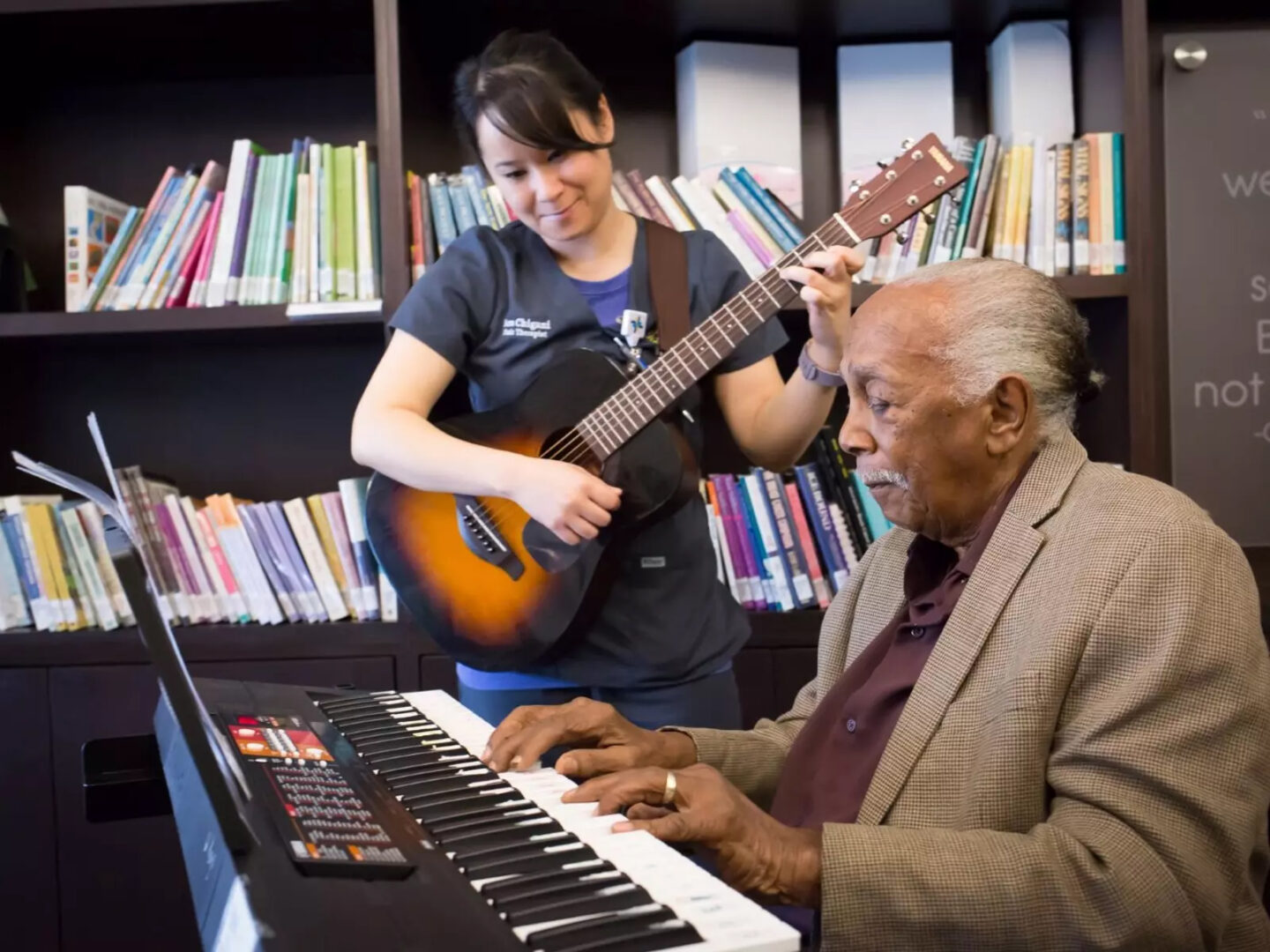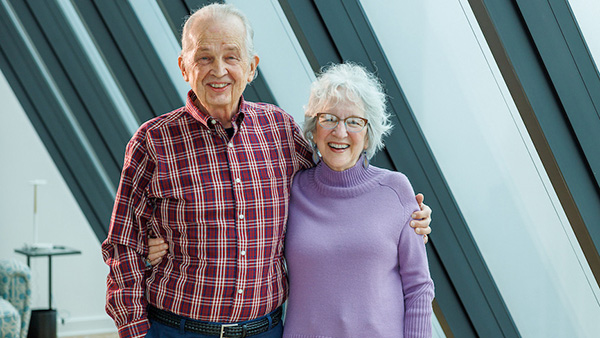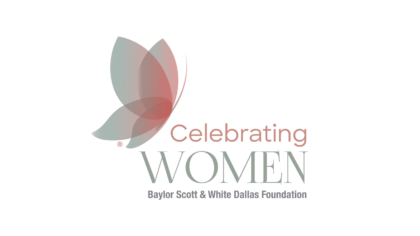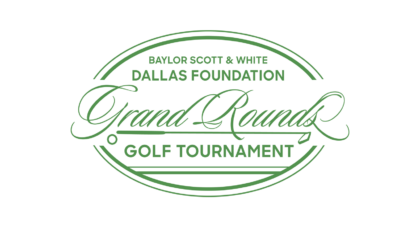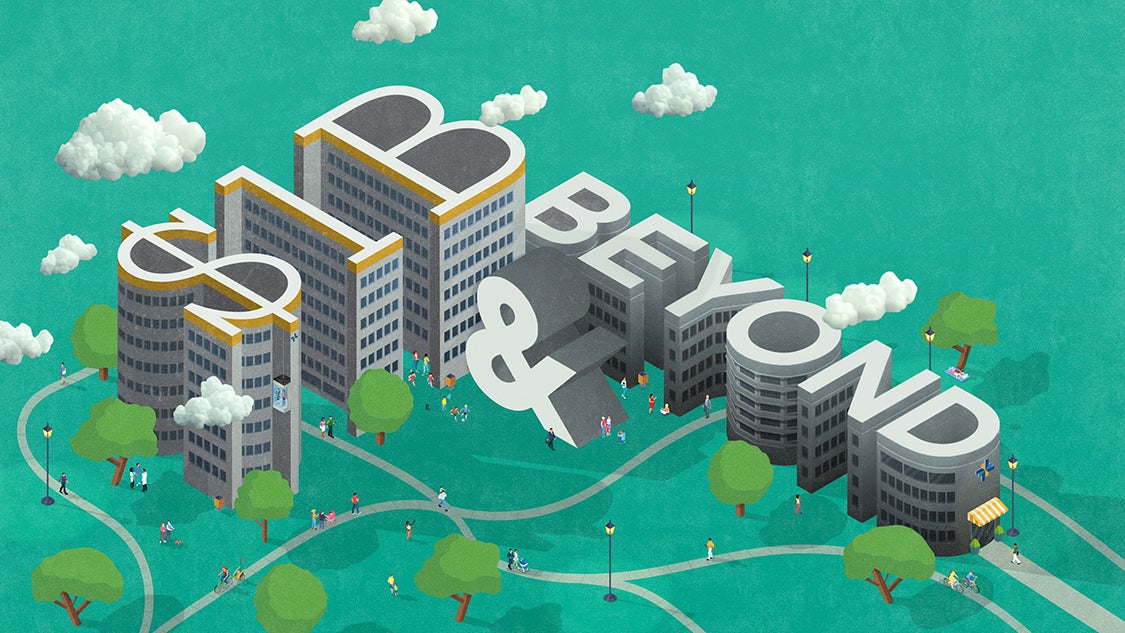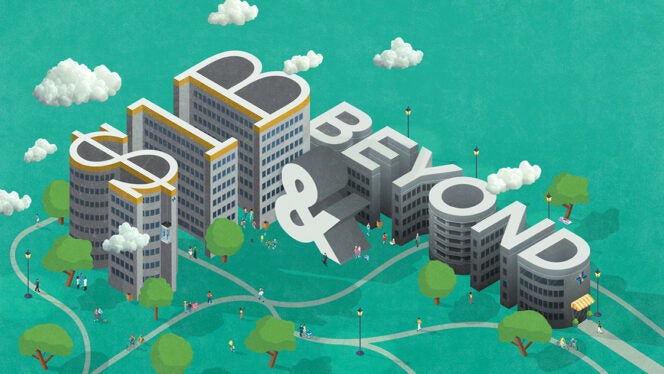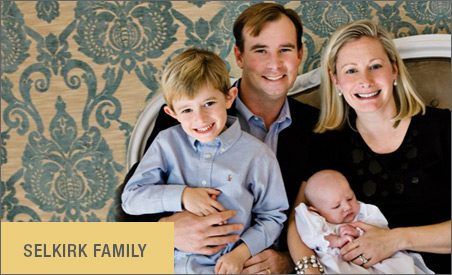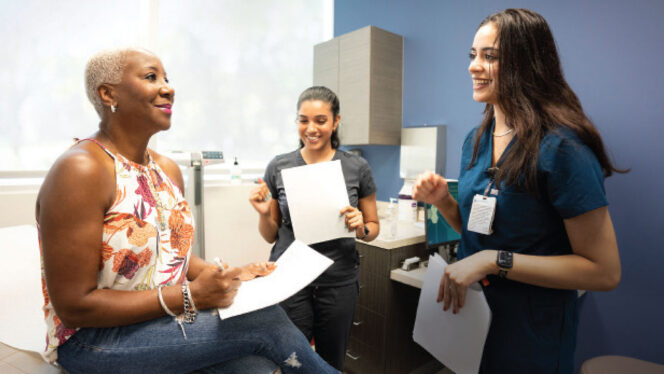In this Article
Baylor Scott & White is chosen to conduct investigational research to enhance recovery for stroke patients.
In this Article

Dr. Chad Swank
Brushing your teeth, turning a doorknob, putting on your socks, picking up your keys: Most of us take for granted everyday activities that can be real struggles for someone living with the effects of stroke.
Investigational research being conducted at Baylor Scott & White Health through Baylor Scott & White Research Institute aims to determine if vagus nerve stimulation (VNS) delivered through a unique device created by researchers at The University of Texas at Dallas could hold new therapeutic promise. The study, which has received approval for investigational research into the VNS device’s use in patients who suffered hemorrhagic stroke, is enrolling patients starting this fall at Baylor Scott & White.
Powering the study is the idea that stimulating the vagus nerve, an important cranial nerve, helps the body to release its own chemicals into the brain that will ultimately enhance brain plasticity and
learning. A small device, implanted onto the nerve inside the patient’s neck, provides the physical stimulation. During sessions working with a physical therapist, the patient wears a neckband that powers the VNS device through near-field communication similar to a credit card reader. This means there are no batteries or wires for patients to contend with or to interfere with other testing such as MRI imaging. Use of a traditional VNS device, approved by the FDA last year, is helping patients who had suffered ischemic stroke relearn how to use their their arms, wrists and hands.

The Right Place
Chad Swank, PT, PhD, co-investigator of the study at Baylor Scott & White, explained that the System’s infrastructure and experience in conducting research trials—combined with established clinical expertise—make Baylor Scott & White the right place to study experimental treatment methods that may enhance care for patients today and well into the future.
“After a stroke, life doesn’t look the same,” said Dr. Swank, who is also a board certified clinical specialist in neurologic physical therapy, “so when you work with patients and they’re able to recover some of the function—to get parts of their life back that they weren’t sure they would be able to get back—that’s the rewarding part of the job. If VNS plus rehab can do that to a greater or larger extent, that’s really exciting as a therapist.” Robert L. Rennaker II, PhD, professor
of neuroscience at The University of Texas at Dallas and the TI Distinguished Chair
in Bioengineering, developed the device. The Marine Corps veteran is hopeful that the device will help patients regain movement in their bodies lost to stroke or even, one day, spinal cord injuries, multiple sclerosis and traumatic brain injury.
“It has been a great collaboration between UT Dallas and Baylor Scott & White, which is a world-class medical center,” said Dr. Rennaker, who indicated his hopes for collaborations on trials for the VNS device’s usage in treating the limitations people experience related to a variety of diagnoses.
“This is what I’ve dedicated my life to, so for me, improving quality of life for people is important,” Dr. Rennaker said. “When I talk to these people and they say, I can open a door now or I can brush my teeth, that’s gratifying.”
Funding Care for the Future
Real estate mogul and philanthropist Marc Paskin generously donated to support the investigational research into the VNS device’s use for patients with hemorrhagic stroke. Paskin, known for his appearance on ABC’s “Secret Millionaire,” suffered a hemorrhagic stroke and is determined to create more opportunities through research for stroke patients to regain lost abilities.
Through the Marc Paskin Foundation, Marc funds research he believes has the potential to make a difference for survivors of stroke. He enjoys connecting innovators with available resources.
Investing in research at Baylor Scott & White, he said, is a no-brainer: “They can handle everything from medical care to therapy; they cover all the different angles. It’s positive and it opens the possibility to help a lot of people.”
The effects Marc feels from his own stroke are “minor compared to what others have experienced,” he said, but that experience has inspired him to educate himself on all aspects of stroke, including possibilities still on the horizon for recovery.
“I thought if I could help people get better, that would be my mission in life,” Marc said.
For information on how you can support innovative research at Baylor Scott & White, contact Christina Goodman at 214.820.4408 or Christina.Goodman@BSWHealth.org.
